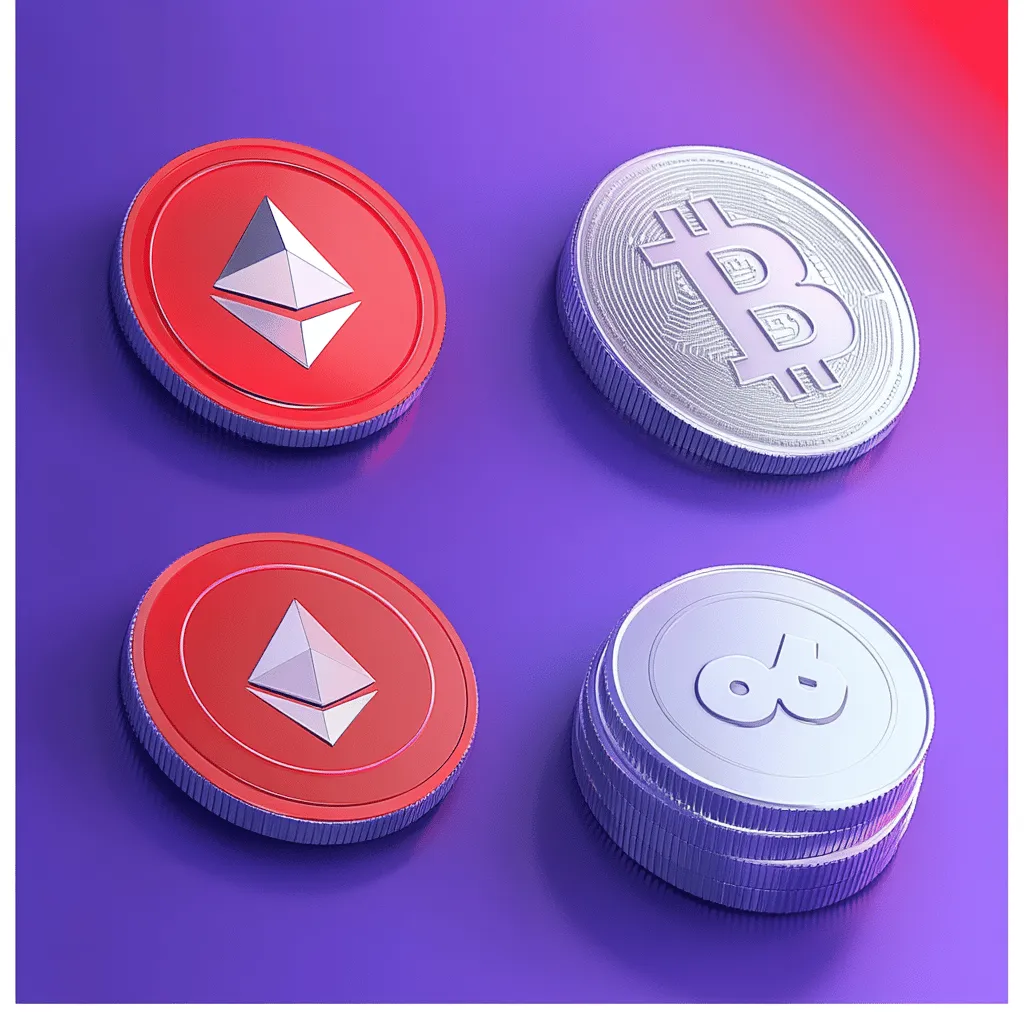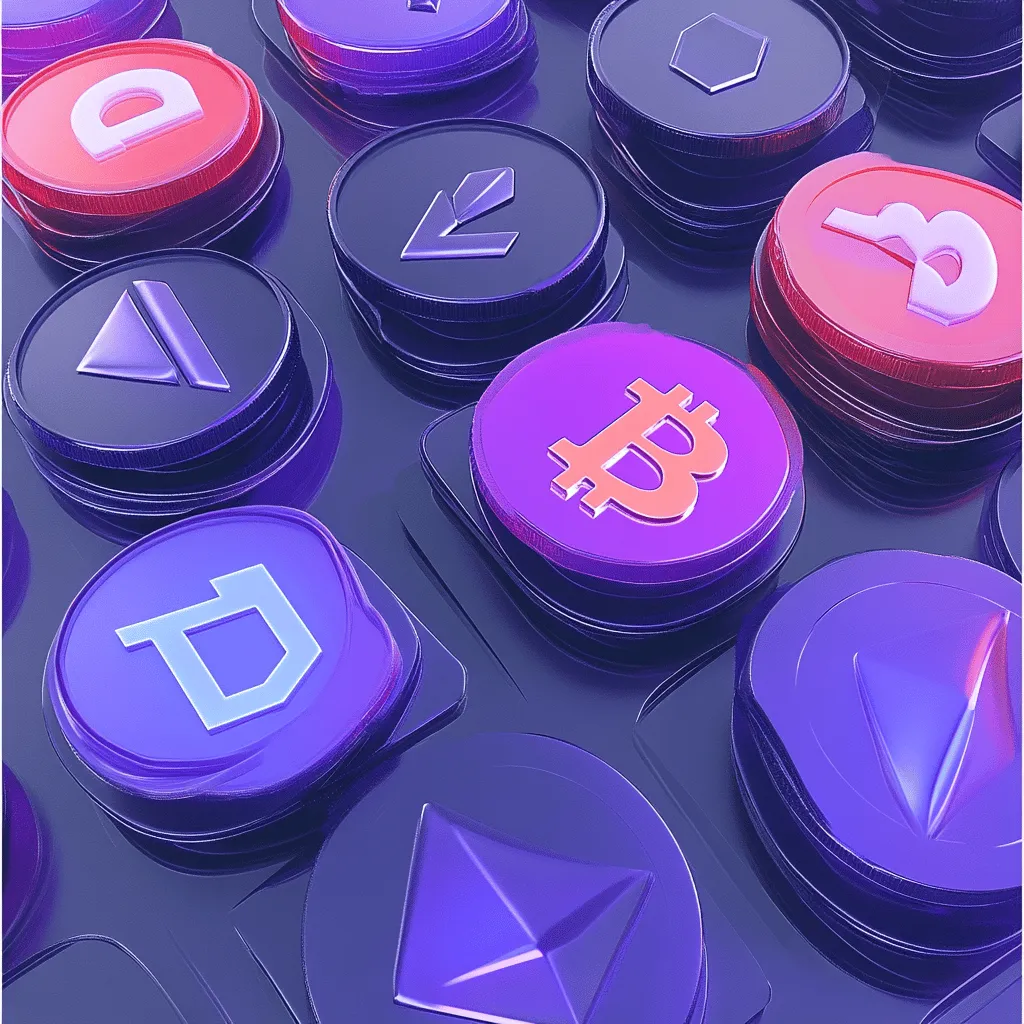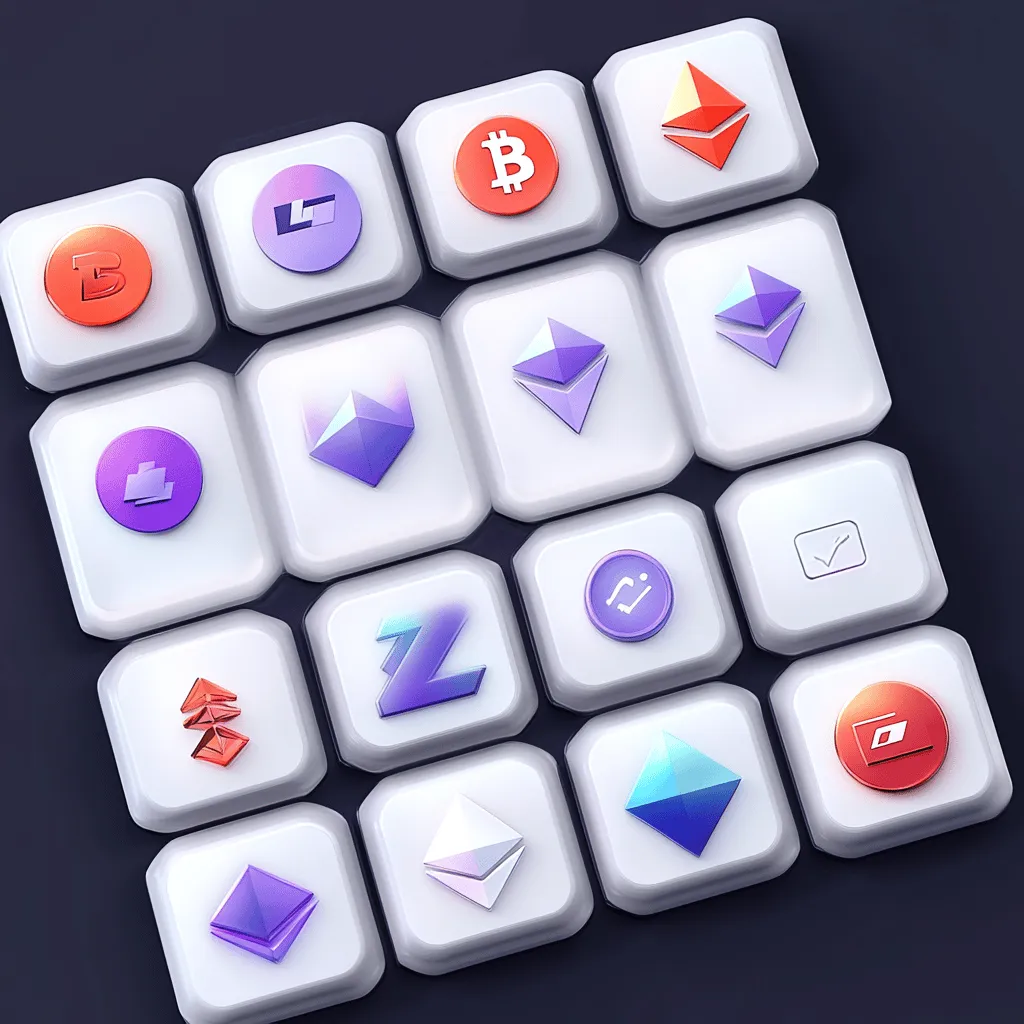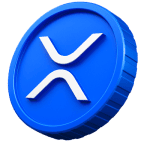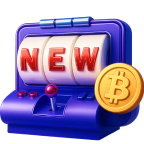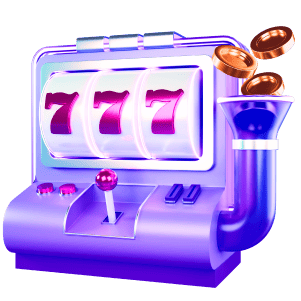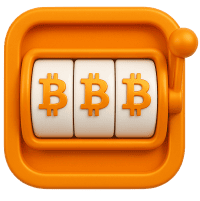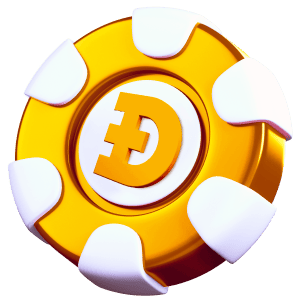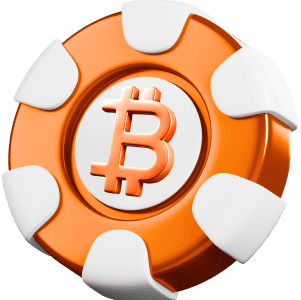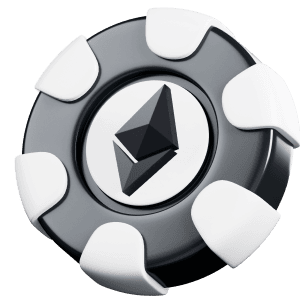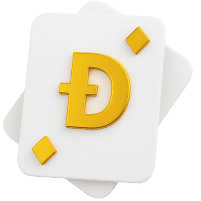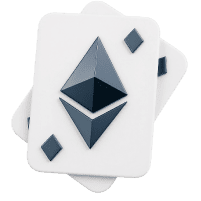Blockstack Decentralized Internet Platform Review: Revolutionising the Future of the Web
US company Blockstack has been actively developing infrastructure for blockchain applications and promoting the concept of a ‘decentralised internet’ for several years. Blockchain project Blockstack has become a pioneer in its field, having conducted the first SEC-regulated tokensale STX. So what makes Blockstack so interesting and what are the investment prospects for this platform?
Blockstack: a platform for decentralised applications
Blockstack is an open source decentralised computing platform designed to develop and operate decentralised applications (dApps). It provides infrastructure for user authentication, secure data storage and software distribution without having to rely on centralised servers.
One of Blockstack’s key components is the first implementation of a decentralised DNS system based on blockchain technology. This system combines the functionality of traditional DNS with a public key infrastructure specifically designed to meet the needs of new decentralised applications.
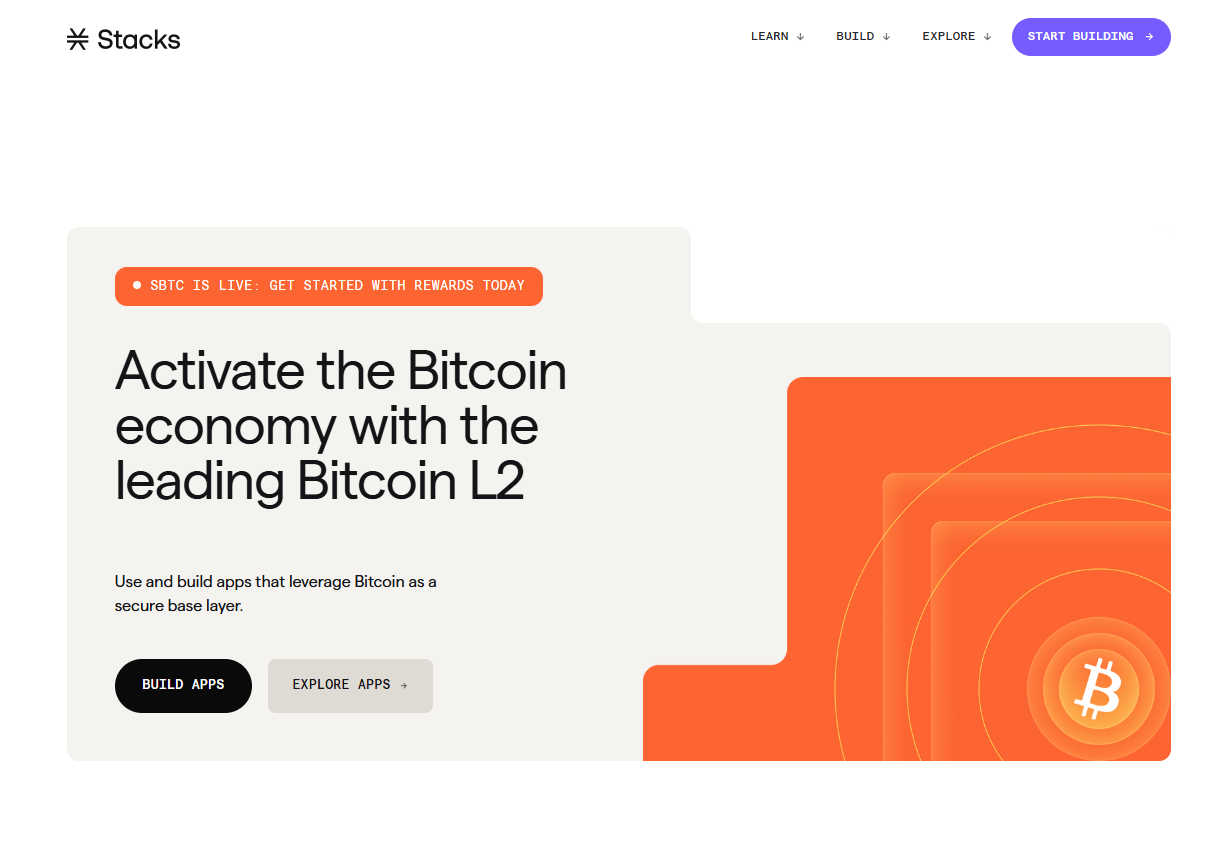
Developed by engineers and researchers from industry and academia, the Blockstack platform aims to create a secure and transparent computer network with a dynamic ecosystem of applications. Special attention is paid to protecting users’ digital rights within the blockchain infrastructure.
Given the pervasive threats to privacy and security, as well as the increasing incidence of data breaches, Blockstack’s developers aim to create decentralised counterparts to popular services that provide greater protection for users.
Features
Among the most notable features of Blockstack are:
- Offers an ecosystem of private and secure applications that hold users accountable for their data and identity.
- Allows easy creation of well scalable distributed applications on the blockchain.
- Account created by over 300 apps that they cannot modify or transfer user data without their permission.
- This makes the concept a new internet, allowing network developers to create a better, fully decentralised internet, and network users to retain control of their data and privacy.
- It owns a token called Stacks (STX), which is fully distributed to high-level users of the Web, which will be a natural asset of the new and improved network built on the Stacks blockchain.
Key features of Blockstack
Blockstack stands out with a number of unique features that make it attractive to developers and users:
- Secure and private applications. The platform provides an ecosystem of apps where users retain full control over their data and identity. Apps cannot modify or share personal data without the user’s consent.
- Scalability. Blockstack simplifies the development of distributed applications on blockchain by providing high performance and easy scalability.
- Wide range of applications. More than 300 applications are registered on the platform, each meeting strict security and privacy standards.
- Decentralised Internet. Blockstack offers the concept of a new internet where developers can create fully decentralised networks and users retain control over their data and privacy.
- Blockstack ‘s own Blockstack token – STX. The platform uses the Stacks token (STX), which is distributed to active participants in the network. STX serves as the primary asset to operate and improve the network built on the Stacks blockchain.
These characteristics make Blockstack a powerful tool for building secure, decentralised and scalable applications aimed at improving user experience on the internet.
Blockstack project details
The data of Blockstack network members is stored on multiple personal computers, making it virtually impossible to destroy or steal. Any user can dedicate space on their hard drive to store other participants’ data and be rewarded in STX tokens. Data security, including smart contracts, is ensured by strong cryptographic methods.
Elements of the Blockstack ecosystem:
- Stacks Blockchain. The core blockchain of the platform.
- Gaia. A file system that allows users to choose their own storage location – whether it’s a cloud service or a local device.
- Blockstack Authentication. User identification system with unique logins and passwords.
- Blockstack SDK. A set of tools for developing decentralised applications.
- Blockstack dApps Market. A marketplace where developers can sell their applications for STX tokens.
- Blockstack Browser. A browser that does not send user data to central servers, ensuring privacy.
- Stacks Wallet. A wallet for storing and sending STX tokens.
- Blockstack APP. A mobile app for Android and iOS devices.
- Stackit. A guide covering all aspects of building blockchain applications.
Next, let’s tell you what are the pros and cons of the protocol.
Advantages of Blockstack:
- Experienced team of developers with scientific background.
- The project has been operating since 2016 and is regulated by US authorities.
- Wide range of ready-made products, including a browser, wallet and marketplace.
- Supported by major cryptocurrency exchanges.
- Availability of a fund to finance blockchain startups building Blockstack-based applications.
Disadvantages of Blockstack:
- Early investors who participated in the ICO can influence the price of STX as their investments have grown more than 2000 times (the price in 2017 was $0.00012, reached $0.46 in 2021, and $0.73 in 2025).
- High volatility of the STX exchange rate due to low trading volume.
- STX token: Usage and storage
Details of the project tokenomics, usage, mining and cost
STX Applications:
- Fuel for the Stacks network. When using applications on the Stacks platform, users pay a small fee to STX. These fees go to reward the miners who keep the network running and updated.
- Bitcoin Earnings. By linking their STX tokens to the network through a process called stacking, users can earn up to 10 per cent annually in bitcoins. This consensus mechanism, Proof of Transfer, links Stacks to the Bitcoin network, providing stability and additional benefits to participants.
- Use in the Stacks ecosystem. STX tokens can be used in a variety of applications in the Stacks ecosystem, including NFT trading platforms, decentralised financial applications (DeFi), domain name registration services and more.
Buying and holding STX
As of February 2025, STX is the 66th largest cryptocurrency by market capitalisation ($1.1 billion). The token is backed by major exchange platforms such as KuCoin, Binance, OkCoin and Hoo. The highest trading volume is observed on Binance, which makes it convenient for buying STX.
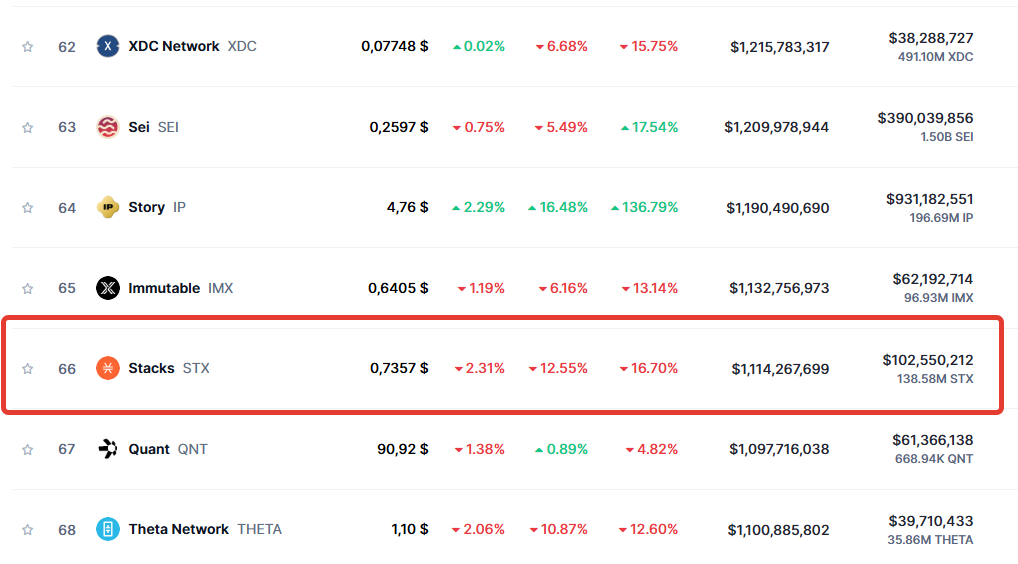
To store STX, it is recommended to use either Binance, recognised as one of the safest exchanges on the market, or Stacks Wallet. The choice depends on the user’s preferences: it is more convenient to sell tokens quickly on Binance, while Stacks Wallet provides maximum control over funds.
Conclusion
From a technical point of view, Blockstack is trustworthy: the project is backed by a strong team of developers, and the platform itself has been actively developing for five years. However, due to the high volatility of the STX token, investors should be cautious. It is recommended to invest in this asset only those funds, the loss of which can be painlessly endured.
Answers to frequent questions
Is Blockstack a company?
No, Blockstack is a decentralised ecosystem with many independent organisations working on it. These organisations are involved in developing protocols, building applications and services. A full list of contributors can be found on the ecosystem page.
Why was bitcoin chosen?
Stacks is based on bitcoin because it is the most secure, reliable and decentralised cryptocurrency. Stacks acts as an additional layer that extends the functionality of bitcoin without compromising its security and decentralisation. Smart contracts on Stacks use bitcoin as an asset and conduct transactions on its blockchain.
How does Blockstack protect privacy on the internet?
Blockstack provides control over users’ data stored on their devices rather than on company servers. This reduces the risks of leaks and allows users to manage their own data.
What advantages does Blockstack provide for developers?
The platform allows developers to create decentralised applications (dApps) that are protected from censorship and provide a high level of privacy. Blockstack also offers convenient tools for rapid development.
What is Blockstack’s architecture?
The Blockstack architecture includes three layers: a blockchain for records, a network for data transfer, and user devices for data storage. This structure promotes high decentralisation and resilience to external threats.
What are the development prospects for Blockstack?
Blockstack has great potential to shape a new generation of applications based on the principles of decentralisation and data protection. With the growing interest in blockchain and privacy, the platform has the potential to catalyse a revolution in the internet.

